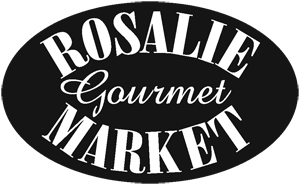Parmigiano-Reggiano is a hard, dry cheese made from skimmed or partially skimmed cow's milk. It has a hard pale-golden rind and a straw-colored interior with a rich, sharp flavor. Parmigiano-Reggianos are aged at least two years.
Their complex flavor and extremely granular texture are a result of the long aging. Parmigiano-Reggiano has been called the "King of Cheeses" and Italians don't just slap this phrase on any old cheese. There are criteria that have to be followed.
What Makes a Cheese Parmigiano-Reggiano?
The words Parmigiano-Reggiano stenciled on the rind mean that the cheese was produced in Italy in one of the following areas: Bologna, Mantua, Modena, or Parma (from which the name of this cheese originated).
Under Italian law, only cheese produced in these provinces may be labeled "Parmigiano-Reggiano," and European law classifies the name, as well as the translation "Parmesan," as a protected designation of origin.
In Italy, DOC (Denominazione di Origine controllata) laws are meant to preserve the integrity of traditional Italian food products by ensuring the flavor and quality. So within the European Union, per DOC regulations, Parmesan and Parmigiano-Reggiano are the same cheese.
Parmesan Cheese
Parmesans are primarily used for grating and in Italy are termed grana, meaning "grain," referring to their granular textures. Within Italy, cheeses like Parmigiano-Reggiano are also called grana. Many of these cheeses are delicious in their own right. An example is the cheese Grant Padano.
The name Parmigiano is used in parts of Italy for grana cheeses that don't meet the protected designation of origin requirements for Parmigiano-Reggiano, such as specific areas of production, what the cattle eat, lengthy aging and so on.
Parmesan is the English and American translation of the Italian word Parmigiano-Reggiano.
Origin: Italy
Sizes are approximate.





